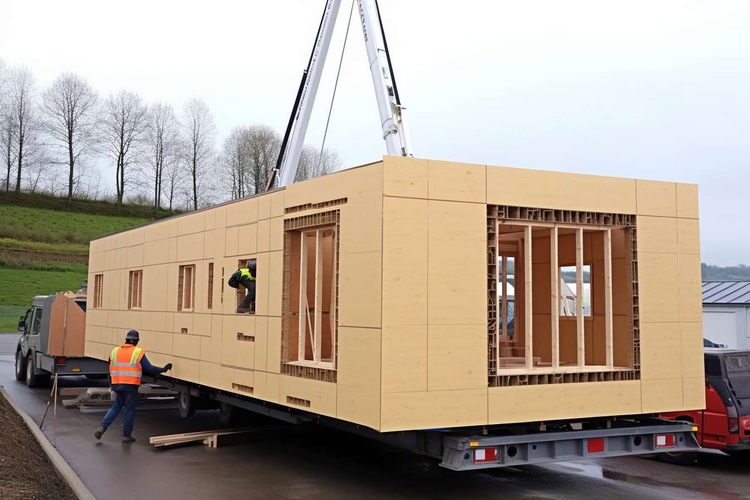Exploring Canopy Tents and How They Work
Canopy tents are simple structures that provide shade and cover for outdoor activities. In this article, we will learn about the different parts of a canopy tent, how it is set up, and the many ways people use them for picnics, parties, and events...

Components and Design Features of Portable Canopy Shelters
Canopy tents consist of several essential components working together to create a stable structure. The frame typically uses aluminum or steel tubes connected by joints that allow for folding and expansion. The canopy top material commonly features polyester or vinyl with waterproof coatings. Most designs include adjustable legs for leveling on uneven terrain and anchor points for enhanced stability.
Setup Process for Easy Setup Canopy Tents
The assembly process varies by model but generally follows a straightforward sequence. Users first extend the frame partially, attach the canopy top, then fully extend the legs while ensuring proper tension. Many contemporary designs feature push-button mechanisms or quick-release levers that facilitate rapid deployment. Stakes and guy lines provide additional security in windy conditions.
Applications for Outdoor Events and Gatherings
Canopy tents accommodate numerous outdoor activities, from casual backyard gatherings to professional events. Common applications include outdoor markets, sports event shelter, picnic areas, and temporary workspaces. The versatility of these structures makes them suitable for both personal and commercial use, with sizes ranging from compact 8x8 feet to expansive 20x20 feet configurations.
Weather Protection and Seasonal Considerations
Different seasons present varying challenges for outdoor shade structures. UV-resistant materials protect against summer sun exposure, while water-resistant treatments guard against rain. Some models feature removable sidewalls for additional protection from wind and precipitation. Regular maintenance, including proper storage and cleaning, extends the lifespan of these investments.
Popular Canopy Tent Configurations and Features
| Style | Primary Use | Key Features | Typical Size Range |
|---|---|---|---|
| Pop-up | Quick Events | One-piece frame, rapid setup | 10x10 to 12x12 ft |
| Frame | Commercial Use | Heavy-duty materials, modular | 10x20 to 20x20 ft |
| Pole | Traditional Events | Classic design, peak height | 15x15 to 30x30 ft |
Prices, rates, or cost estimates mentioned in this article are based on the latest available information but may change over time. Independent research is advised before making financial decisions.
Maintenance and Storage Requirements
Proper care significantly impacts a canopy tent’s longevity. Regular cleaning with mild soap and water removes dirt and prevents mildew formation. Ensuring the canopy is completely dry before storage prevents material degradation. Storage bags or containers protect the components during off-season periods, while periodic inspection of frame components helps identify potential maintenance needs early.
The evolution of canopy tent design continues to improve their utility and convenience for outdoor shelter needs. Understanding these fundamental aspects helps users select and maintain appropriate solutions for their specific requirements.




